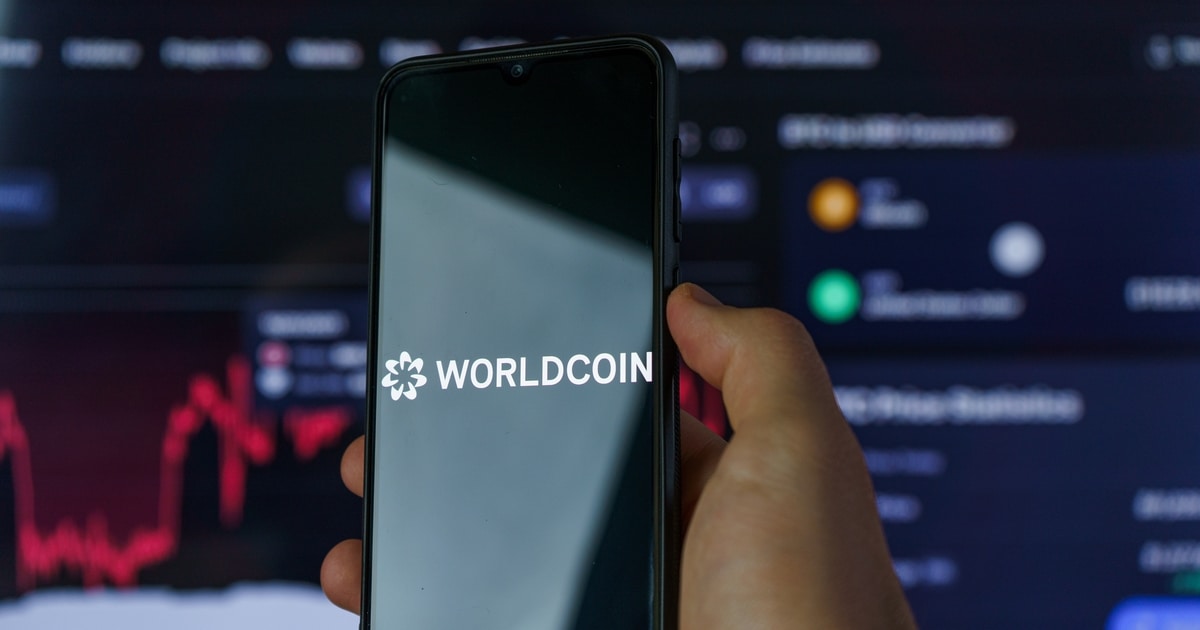
Nodle, a decentralized infrastructure network provider, is partnering with industry giants such as Adobe and the Linux Foundation to leverage blockchain technology in verifying the authenticity of real-world content captured by devices. This collaboration is part of Nodle’s upcoming software development kit (SDK) for its ContentSign solution, which aims to ensure data integrity from the moment of capture using blockchain.
Nodle is bringing its ContentSign solution to the Content Authenticity Initiative, a project led by Adobe and the Linux Foundation, with the goal of establishing a future standard for media attestation. By utilizing blockchain, Nodle aims to prove that a physical camera or device has captured specific visual media along with its corresponding metadata. This technology could prove particularly useful in various applications, including journalism.
Garrett Kinsman, co-founder of Nodle, explains that ContentSign achieves this by having a stamp that proves the authenticity of the video, which is captured by a genuine camera and signed with a unique private key only known by that camera. A footprint of the video is then published to a blockchain, creating a nonfungible token on the Nodle blockchain. This process ensures that the content originates from a genuine source and has not been manipulated or artificially generated.
The current iteration of ContentSign is emulated on a mobile phone through the SDK. However, future implementations may incorporate similar technology to that of cryptocurrency hardware wallets, embedding a secure element within the camera itself, further enhancing data security.
Blockchain solutions like ContentSign are becoming increasingly essential as the prevalence of artificial intelligence (AI)-generated content grows. As AI continues to advance, it is crucial to have solutions that can distinguish between authentic and fabricated content. Blockchains provide fundamental characteristics of decentralization, transparency, censorship resistance, and immutability, which anchor the authenticity of content.
Kinsman also mentions that ContentSign is being explored as a solution in the insurance sector for processing claims with accuracy and integrity. By ensuring that visual proof submitted for insurance claims is genuine and unaltered, ContentSign can play a crucial role in preventing fraudulent claims.
The partnership between Nodle, Adobe, and the Linux Foundation marks an important step in utilizing blockchain technology to verify the authenticity of real-world content. As the need for trusted and verifiable media becomes more significant in various industries, blockchain solutions like ContentSign are poised to play a vital role in ensuring the integrity and credibility of captured data.






